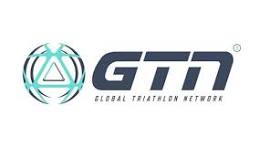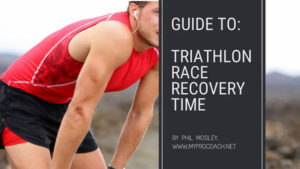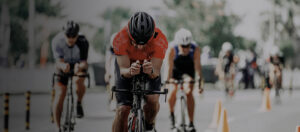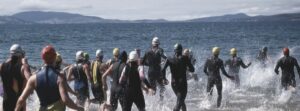Will swimming, cycling and running cure you or make the symptoms worse?
According to the National Health Service in the UK, you’re 80% more likely to be struck down with a cold in winter compared to the rest of the year. But should that sniffle, dribble and whine really strike you down or can you continue to train, whatever your endurance sport of choice, be it running, triathlon, cycling, swimming or duathlon?
A good and timely question and one we’ll endeavour to answer…
Intensity Matters
First up, a paradox. One of the many benefits of training is strengthening your immune system. Moderate training’s been shown to stimulate the production of a white blood cell named TH1. Unlike red blood cells whose endurance attributes are carrying and delivering oxygen to working muscles, white blood cells like TH1 are charged with killing bad bacteria and viruses.
The paradox is that there’s an immune tipping point. Push the intensity and that peak protection descends into a downward spiral where you’re more susceptible to infection. So if you’re displaying cold and feverish symptoms, you should definitely not undertake intervals, fartleks or hill sessions.
Does that mean you can train at a lower intensity? Perhaps. Perhaps not. Ultimately, this one is down to you and experience as we don’t want to insist you train and you become worse. Only you know exactly how you feel but, as a broad principle, you can fall back on the proven – namely, are your symptoms above or below your neck?
If you have a dripping nose or heavy head, you can continue to train lightly. However, we’d recommend cycling over running or swimming. The higher impact of running, causing micro muscle tears and a catalogue of hormonal changes, is arguably a naturally more intense activity than cycling, so not ideal when unwell.
While swimming pools, despite chlorine’s best efforts, can take over an hour to kill some germs – not ideal when you’re already feeling low.
To really hammer home the infection-fighting potential of cycling, we’d recommend an indoor turbo-trainer session above riding outdoors in sub-zero temperatures, especially if you’re prone to head colds developing into chest infections. (That said, it’s not actually the cold air making things worse – it’s a lack of water content in the cold air that can cause further issues.) Just have a fan to hand and keep the intensity low.
If your symptoms are below the neck – we’re talking coughing, nausea, shortness of breath – do not train. They can be a sign of a more serious infection so you should rest up completely. Normally, two or three days will repair and recuperate. If it doesn’t, give your doctor a call.
High-Tech Assessment
If you feel the above-and-below neck protocol is too parochial, you can always tap into data. You see, your resting heart rate is an accurate gauge of wellness. Simply take your heart rate first thing after awakening and if, for instance, your norm is 50 bpm and it’s shot up to 80 bpm, that’s a clear sign your body is working harder to battle some invader.
Many heart rate monitors, like Polar’s new Vantage V and Garmin’s Forerunner 935, also provide training status to measure whether overreaching is verging on overtraining. The more you train, the more accurate a picture these things paint. If you use Training Peaks, you can record metrics like sleep, tiredness and resting heart rate, to help you track changes over time.
Then there’s heart-rate variability, or HRV, training. HRV is essentially the time interval between heart beats and is a gauge of your nervous system. It can be measured via a chest strap from HRV flag-bearers Omegawave or credible apps, like HRV4 training, that detect changes in blood volume by placing your finger on your smartphone.
‘The idea is that small variations in the beat-to-beat timing of the heart reflect the body’s level of stress,’ founder of HRV training tool ithlete Simon Wegerif tells us. ‘Each person has a characteristic amount of variation when they’re well recovered, and the variation decreases when they are stressed. A daily morning reading is compared to their own baseline and used to determine how recovered they are.’
So if you wake up one morning and your HRV is very low – a sign of stress and potential overtraining – and you planned a high-intensity session, you may decide to do a recovery session instead. And vice versa. ‘The great thing about HRV training is that it considers myriad factors that affect stress,’ continues Wegerif. ‘This includes sleep quality, fuelling status and even jet-lag.’












